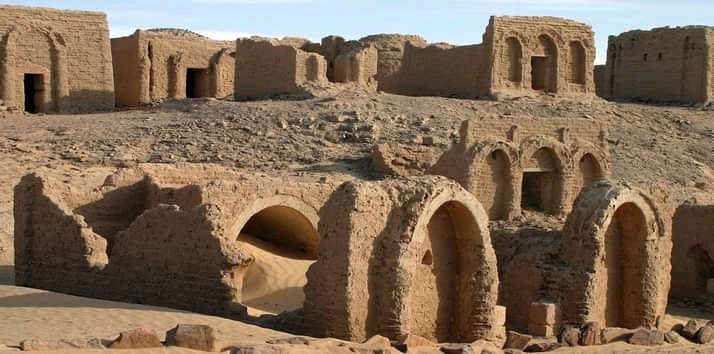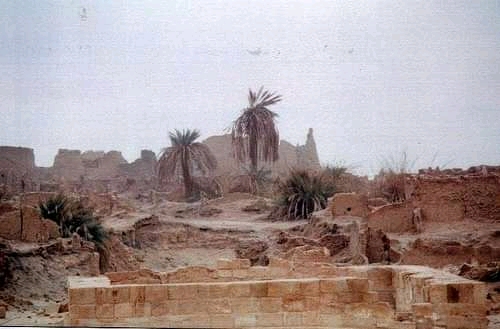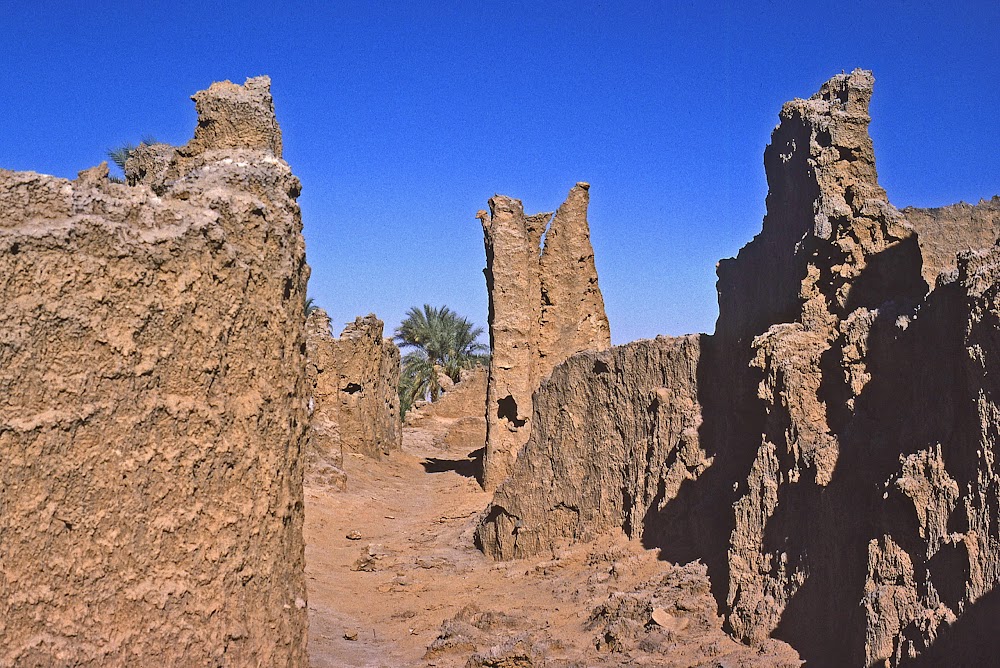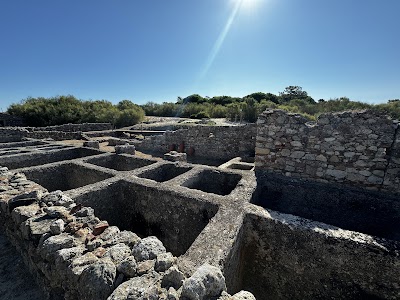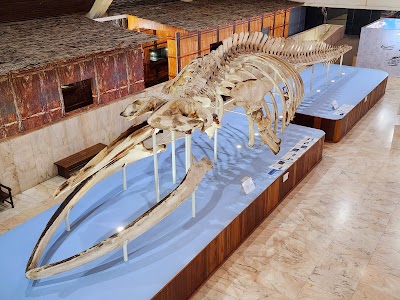Germa (جرمة)
Overview
Germa, also known as Garama, is a captivating historical city nestled in the Sabha District of Libya. Once the vibrant capital of the Garamantian civilization, Germa flourished from around 500 BC to 700 AD. The Garamantes were a remarkable power in the Sahara Desert, renowned for their advanced techniques in agriculture, trade, and urban development.
A Marvel of Engineering
The construction of Germa was a remarkable achievement, especially considering the harsh desert environment surrounding it. The Garamantes ingeniously devised an extensive irrigation system to support their city. They constructed underground channels known as foggaras, which tapped into the natural aquifers beneath the Sahara, bringing water to the surface. These foggaras extended for miles, meticulously engineered to ensure a steady supply of water for the city’s fields and orchards. This innovative irrigation system allowed the Garamantes to cultivate a variety of crops, including wheat, barley, dates, and olives, transforming Germa into a lush oasis amidst the arid landscape.
Architectural Ingenuity
The buildings of Germa reflect the resourcefulness of its inhabitants, as they utilized materials readily available in the region. Mud bricks, a mixture of mud and straw, were the primary building blocks for homes, palaces, and fortifications. These mud-brick structures provided effective insulation against the extreme desert temperatures, with thick walls that kept interiors cool during the scorching days and warm at night. The architectural style of Germa not only showcased the practical needs of its residents but also their aesthetic sensibilities.
A Hub of Commerce
Strategically situated at the crossroads of several vital trade routes connecting the Mediterranean to sub-Saharan Africa, Germa emerged as a bustling center of commerce. This advantageous position facilitated trade not only with neighboring North African communities but also with distant lands. The Garamantes exchanged an array of goods, including gold, ivory, salt, textiles, and even slaves. The wealth generated through these trade activities played a significant role in the prosperity and growth of Germa, enhancing its status as a vital economic hub.
Cultural and Artistic Legacy
Germa was not only a center of trade but also a vibrant cultural hub. The Garamantes developed their own script, known as the Tifinagh script, which is still in use by the Tuareg people today. Their artistic contributions were diverse, with beautiful pottery, intricate jewelry, and impressive stone carvings showcasing their craftsmanship and cultural heritage. Archaeological excavations have uncovered many of these artifacts, offering invaluable insights into the daily life and customs of the Garamantes.
Though Germa began to decline around the 7th century AD, likely due to shifting trade routes and encroaching desertification, its legacy endures. Today, the ruins of this once-great city stand as a testament to the ingenuity and resilience of the Garamantes. Germa remains a site of historical significance, attracting archaeologists, historians, and curious travelers eager to explore the remnants of this fascinating civilization in the heart of the Libyan desert.



